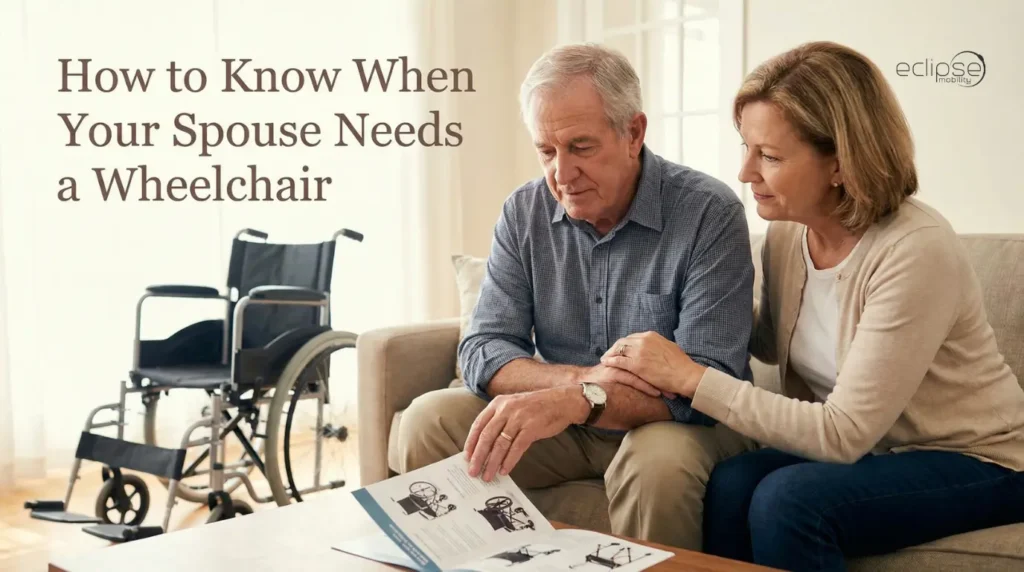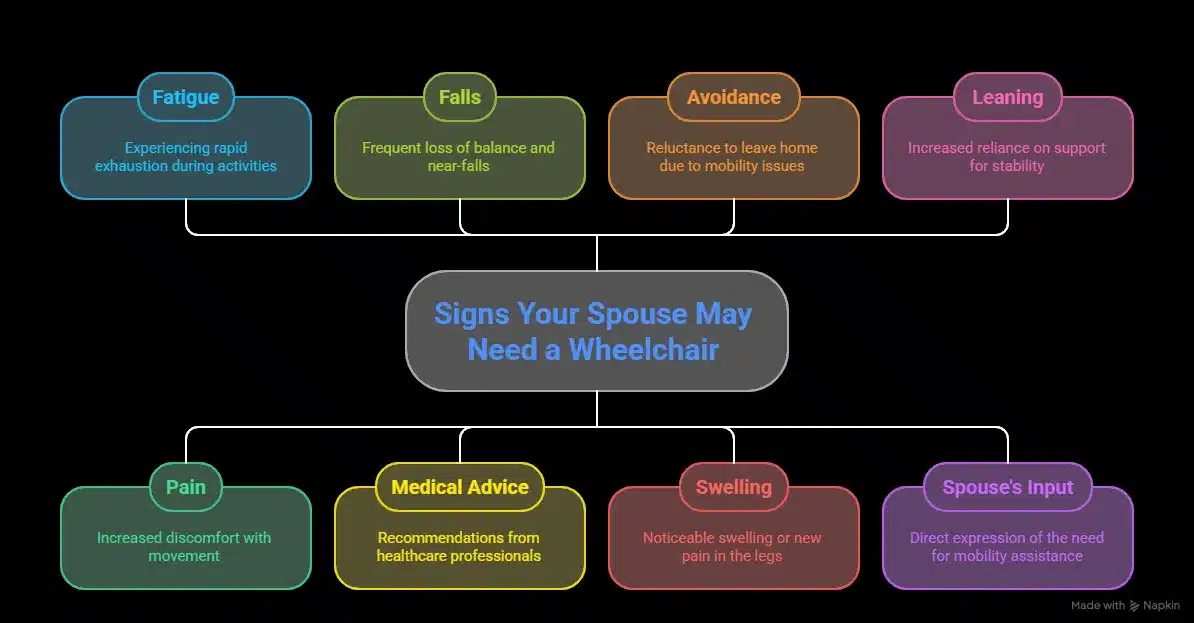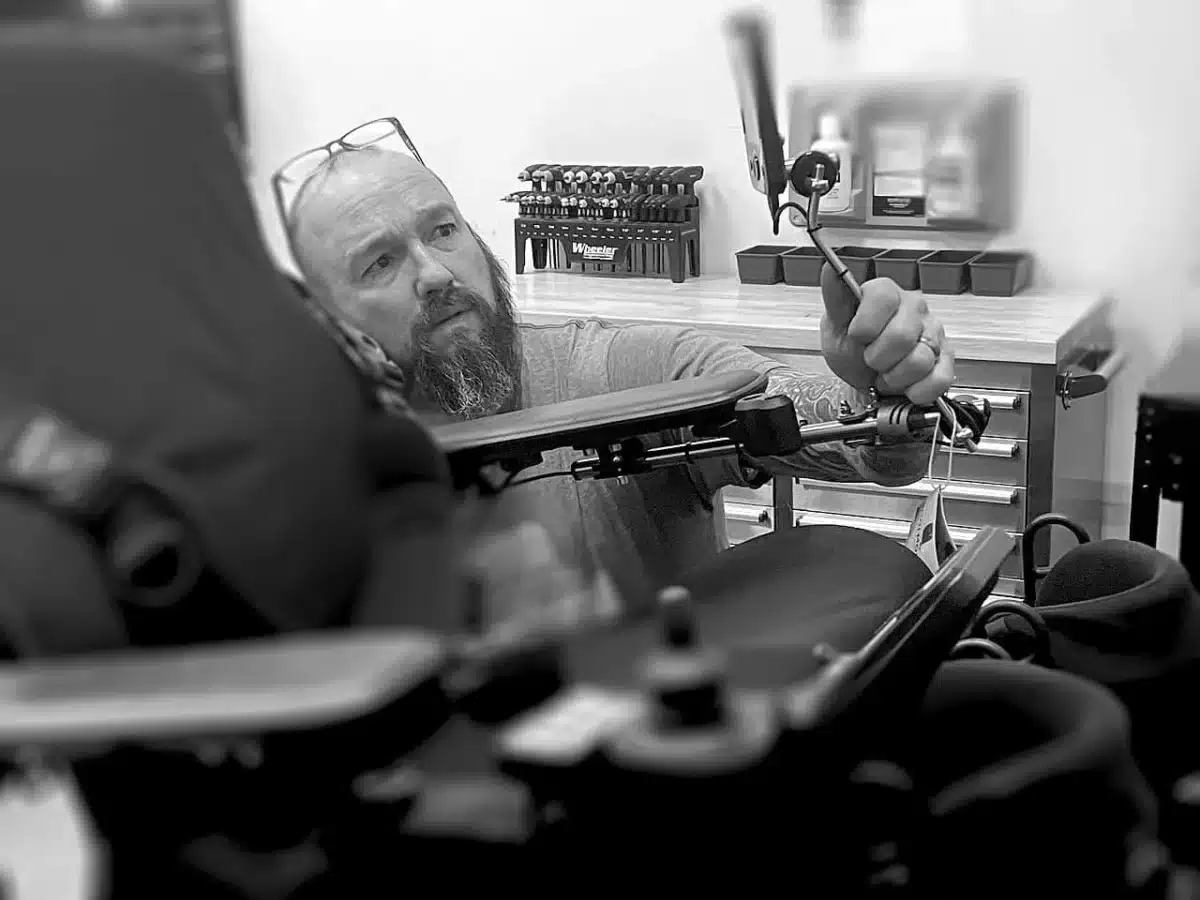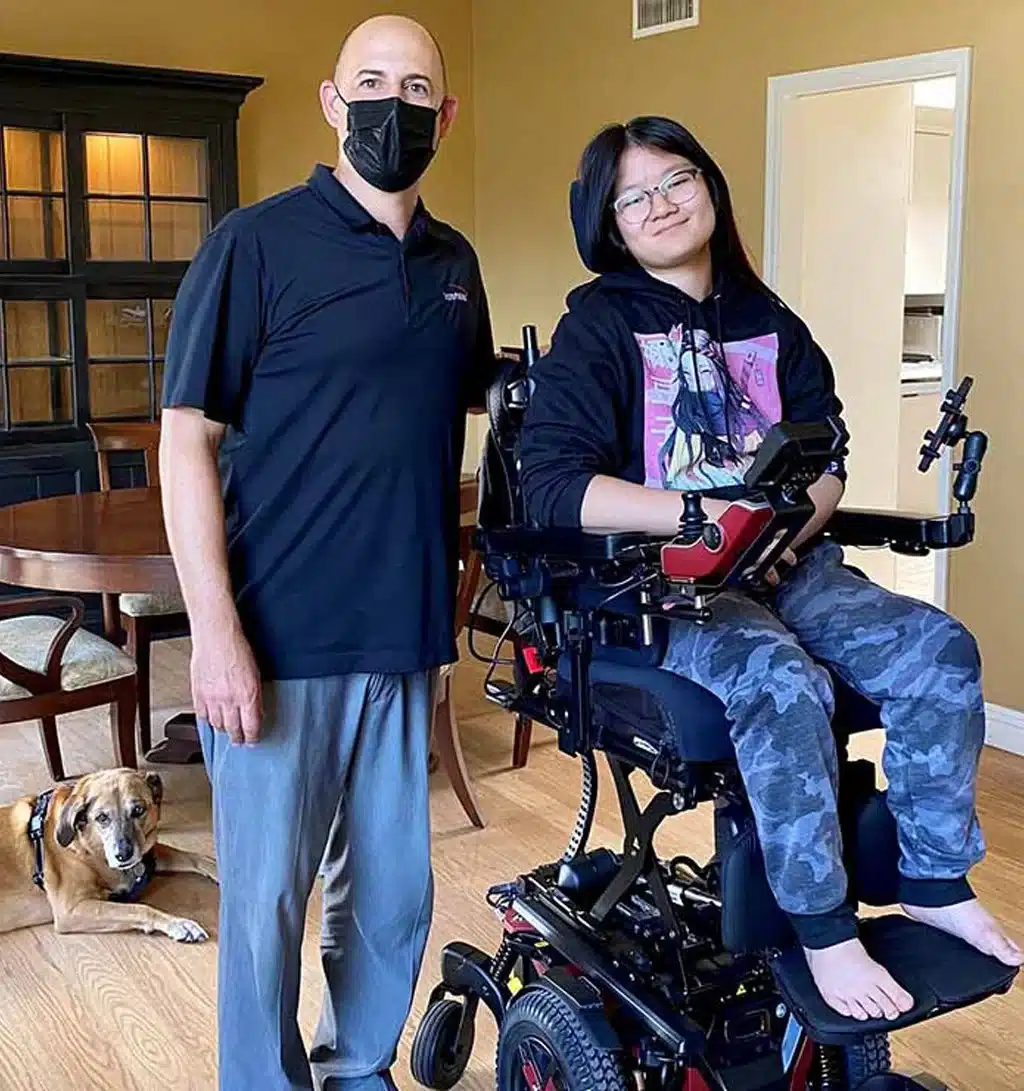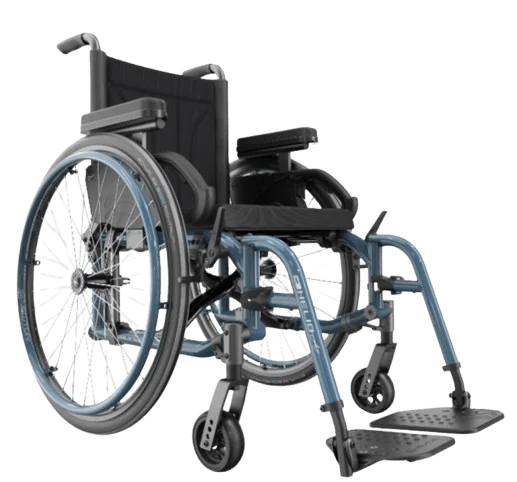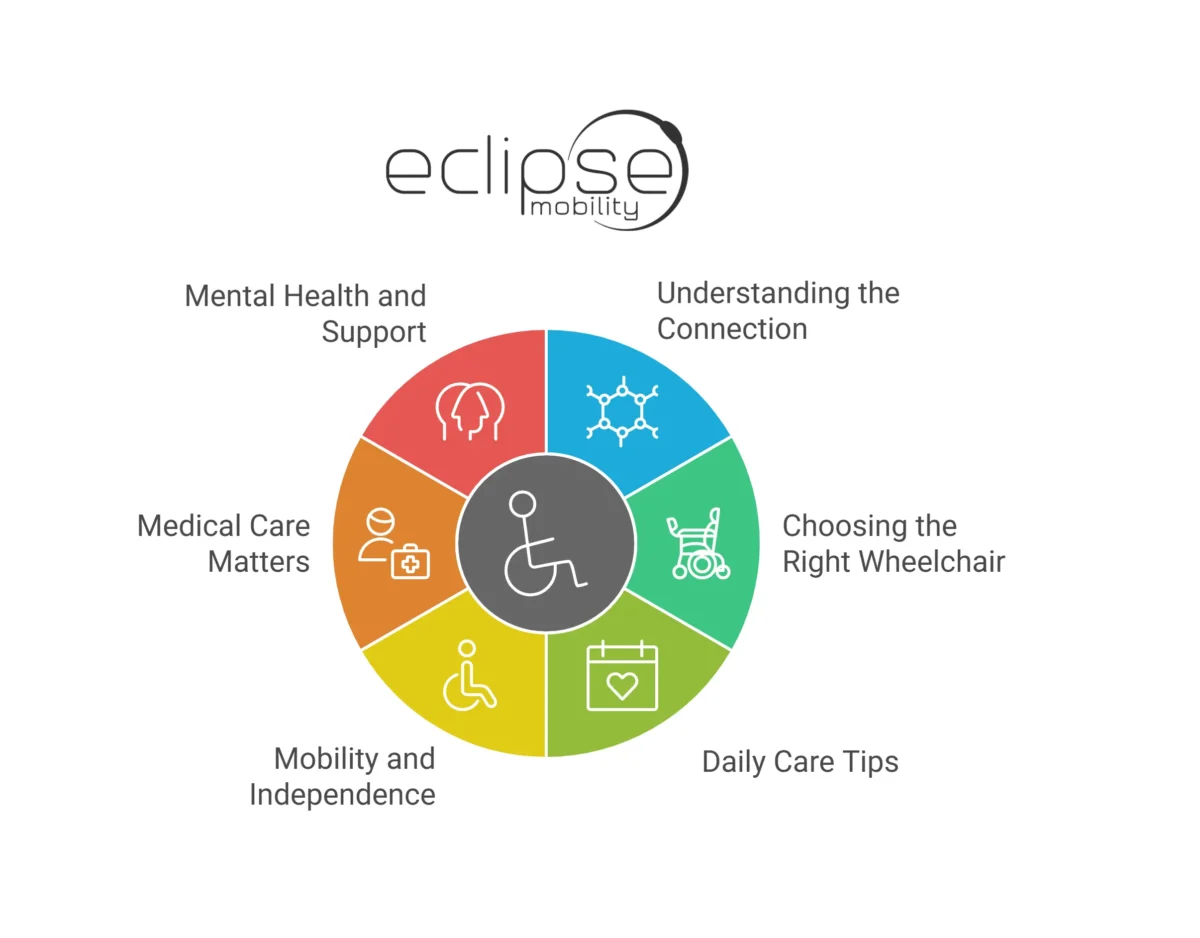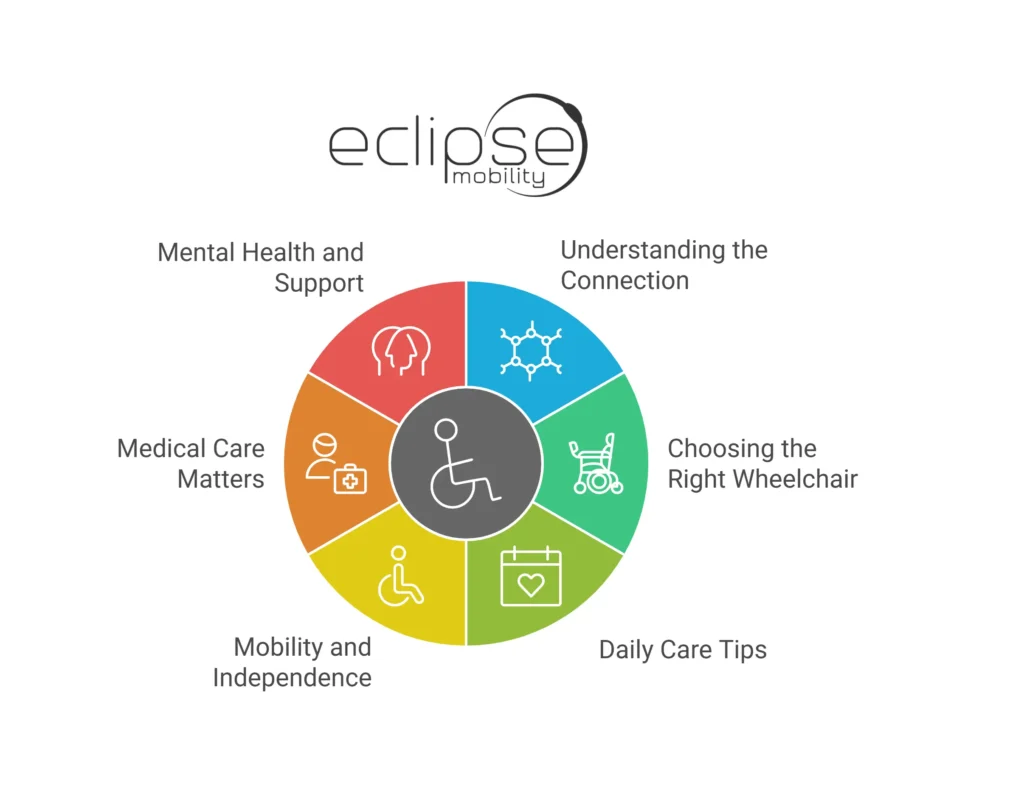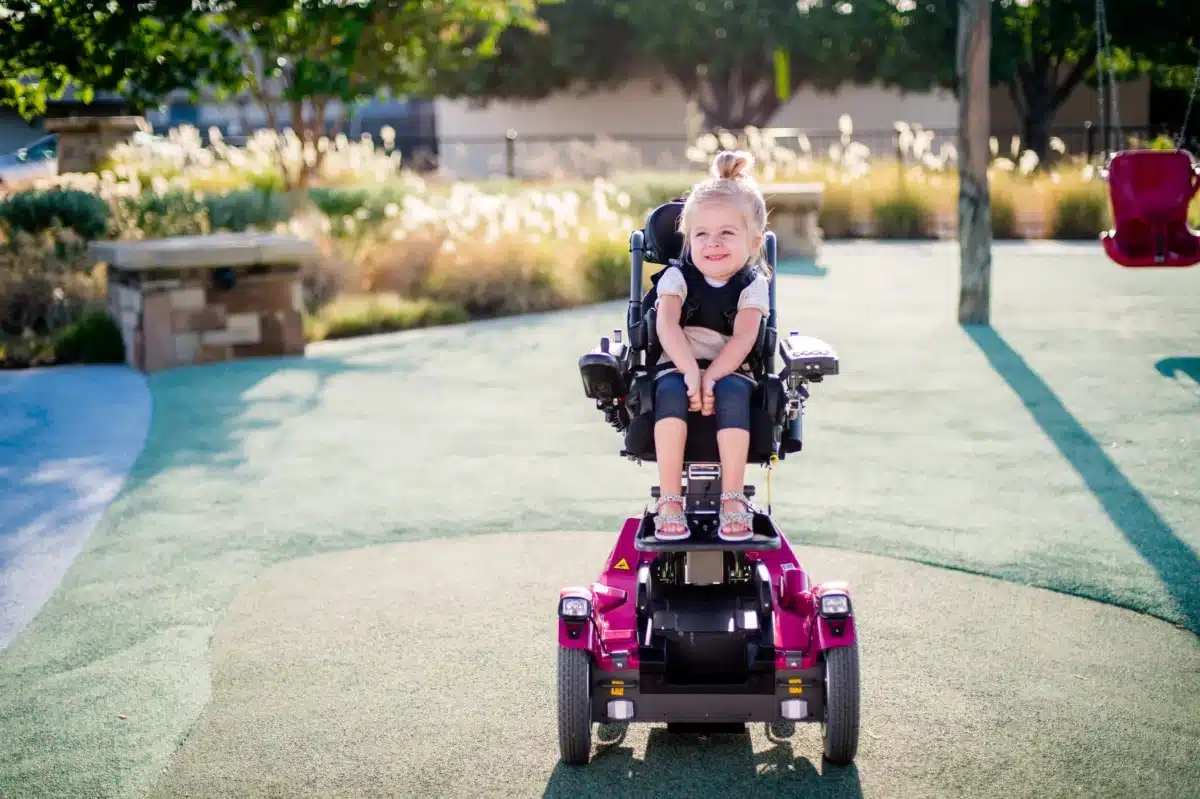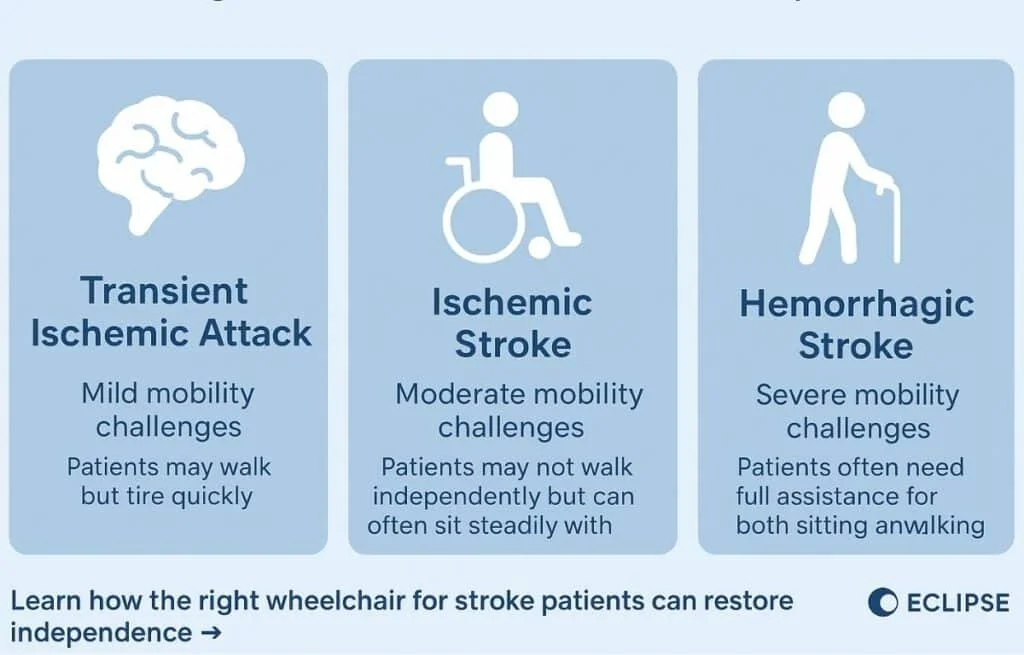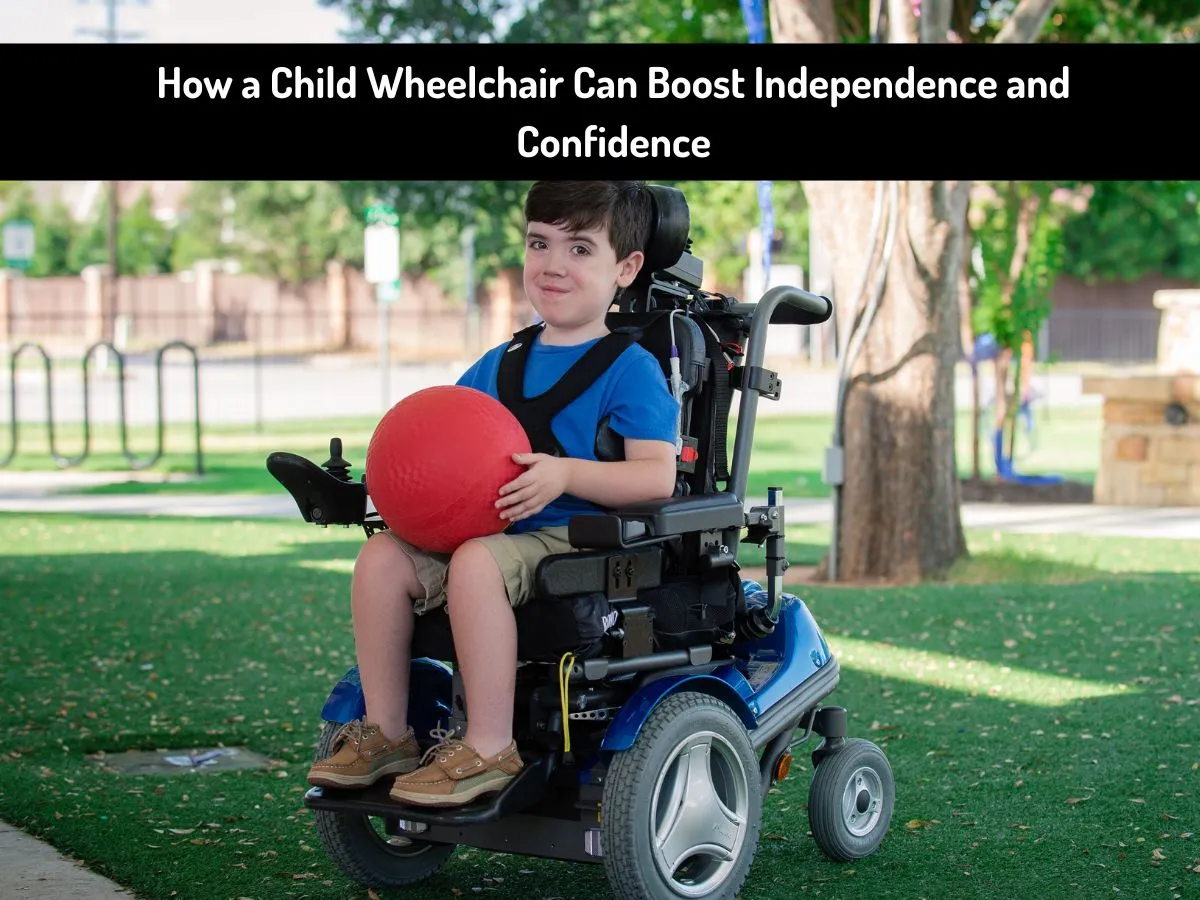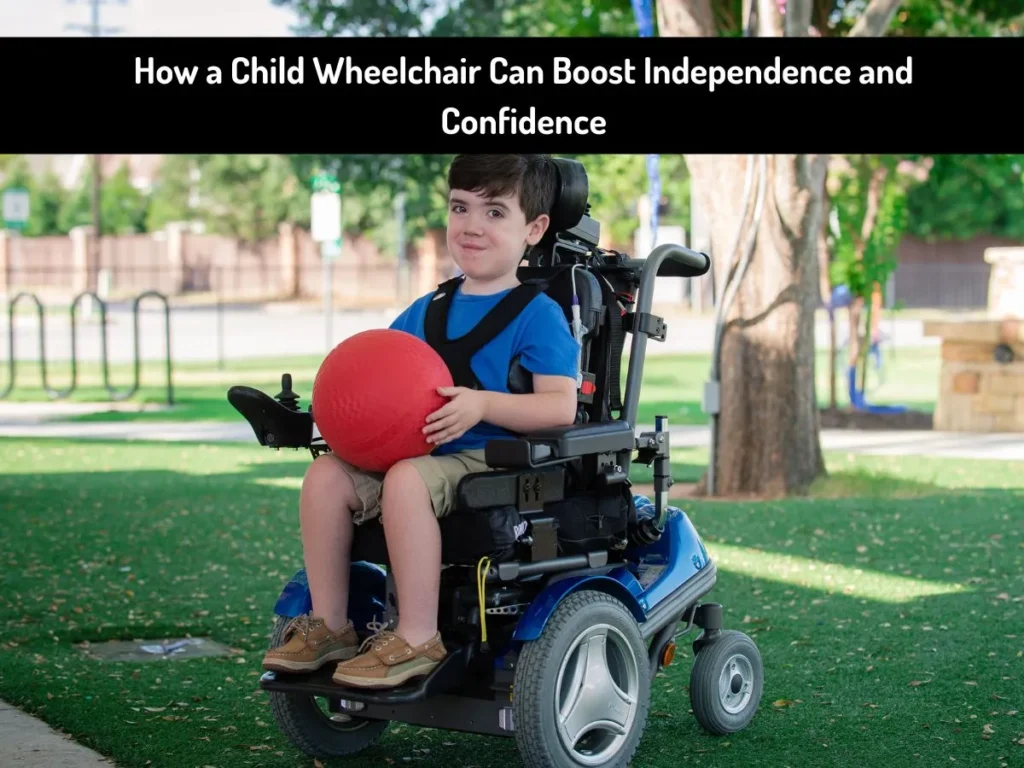Guillain-Barré Syndrome (GBS) is a rare but serious autoimmune disorder where the body’s immune system attacks its own peripheral nerves. This acute condition can lead to rapid-onset muscle weakness, tingling, and in severe cases, temporary paralysis. For individuals navigating the path of GBS, mobility often becomes a central, immediate challenge. A wheelchair is not merely a temporary necessity; it is a vital, adaptive tool—a bridge to recovery—that provides independence, supports the rehabilitation process, and helps maintain function during the crucial stages of weakness and recovery. Understanding the unique role of different wheelchairs for GBS patients is essential for patients, families, and healthcare providers in maximizing outcomes and maintaining dignity throughout the journey.
This comprehensive guide will explore the specific stages of GBS where mobility aids are critical, delve into the various types of wheelchairs best suited for GBS patients during acute and recovery phases, and highlight the non-negotiable importance of expert fitting and support to ensure a successful return to full mobility.
Understanding GBS and the Need for Adaptive Mobility
Guillain-Barré Syndrome typically progresses through three phases: the acute phase, the plateau phase, and the recovery phase. The need for a mobility device changes dramatically across these stages.
The Acute Phase: Protecting the Body
The acute phase, which can last from a few days to four weeks, is characterized by rapidly progressive muscle weakness that often ascends from the lower limbs. In its most severe presentation, weakness can affect the trunk, upper limbs, and respiratory muscles, requiring intubation and intensive care.
-
Mobility Needs: During this phase, the patient is often non-ambulatory, requiring complete support. A hospital bed or specialized reclining chair is used initially. As stability improves, the need shifts to a chair that can provide full, safe postural support and facilitate early mobilization.
-
Wheelchair Role: A wheelchair provides a means for the patient to leave their bed and participate in limited activities or attend therapy sessions.
Bridge Your Path to Recovery with Expert Mobility Support.
The Plateau Phase: Establishing Stability
This phase lasts from days to weeks, where the condition stops progressing. Muscle weakness and paralysis remain at their most severe level.
-
Mobility Needs: The patient requires maximal assistance for transfers and mobility. Pressure injury prevention is a primary concern due to immobility.
-
Wheelchair Role: The chair must be comfortable, provide superior positioning to prevent contractures and spinal deformities, and include features that aid in pressure relief and assisted transfers.
The Recovery Phase: The Long Road Back
The recovery phase can last from a few months to several years, with the majority of function returning within 6 to 12 months. This is where the wheelchair becomes a critical tool for rehabilitation and active independence.
-
Mobility Needs: The patient gains strength, often starting with the upper body and descending. The mobility aid must transition from a supportive device to a functional one that promotes self-propulsion and activity, reducing reliance on caregivers.
-
Wheelchair Role: The wheelchair serves as a safe bridge for ambulation training. It facilitates endurance training and community mobility when walking short distances is possible but not sustainable for daily life.
Selecting Wheelchairs for GBS Patients: Phase by Phase
The GBS journey requires flexibility in equipment selection. Clinicians and families must often transition between wheelchair types or adjust features significantly as strength returns.
Phase 1: Acute and Plateau Support (Maximum Assistance)
During the period of most significant weakness, comfort, support, and pressure management are paramount.
-
Tilt-in-Space/Reclining Wheelchairs:
-
Features: These chairs allow the entire seat and back to tilt or recline, often operated by a caregiver.
-
Suitability: Essential for patients with little to no trunk control, significant weakness, or those who cannot independently perform pressure relief. Tilt helps redistribute pressure off the sitting bones and manage orthostatic hypotension (a drop in blood pressure upon sitting up). Recline assists with comfort and ease of care.
-
Seating: Requires custom or highly contoured seating components, lateral trunk supports, and specialized pressure-relieving cushions (air or gel) to mitigate the high risk of pressure ulcers associated with prolonged immobility.
-
-
High-Back Manual Wheelchairs (Transport Chairs):
-
Features: Basic chairs with tall, rigid backs.
-
Suitability: Primarily used as transport within the facility or home for very short periods. They are generally not suitable for long-term sitting due to poor pressure management and lack of adjustability.
-
Phase 2: Early to Mid-Recovery (Building Independence)
As upper body strength begins to return, the focus shifts to minimizing reliance on others and maximizing the ability to self-propel.
-
Power Wheelchairs (for temporary use):
-
Features: Simple to complex power wheelchairs controlled by a joystick.
-
Suitability: For patients whose lower extremity recovery is lagging behind their upper body recovery, or for those who still lack the stamina for manual wheelchair propulsion over necessary distances. Power mobility allows the patient to return to work, school, or community activities earlier, supporting psychological well-being.
-
Considerations: Simple, durable chairs (like a basic mid-wheel drive or rear-wheel drive) may be trialed. The key is ease of use and reliability.
-
-
Manual Lightweight Wheelchairs (The Bridge):
-
Features: Lightweight aluminum frames, quick-release wheels, adjustable axle position.
-
Suitability: The ideal choice when the user develops sufficient upper body strength to self-propel. The lighter weight and precision engineering reduce the effort and strain on the shoulders, preserving energy for rehabilitation exercises and ADLs.
-
Importance: A lightweight chair is crucial because recovery can be slow, and using a heavy chair will impede endurance training and risk secondary shoulder injury.
-
Phase 3: Late Recovery and Long-Term Mobility (Maximizing Ambulation)
As strength continues to return, the wheelchair’s role narrows to long-distance mobility and backup support.
-
Ultra-Lightweight Manual Wheelchairs:
-
Features: Highly efficient, often rigid-frame chairs, minimal weight.
-
Suitability: For patients who achieve near-full recovery but may still require wheeled mobility for long outings or periods of fatigue. The chair is highly portable and easy to load, making it ideal for sporadic community use.
-
-
Other Aids: At this stage, the focus shifts fully to ambulation, using aids like canes, crutches, or walkers as prescribed by a physical therapist. The wheelchair serves as a necessary backup.
Key Considerations for Wheelchair Prescription in GBS
Given the nature of GBS—acute onset with a high probability of significant, though often incomplete, recovery—the choice of equipment must prioritize flexibility, adaptability, and long-term joint health.
1. The Dynamic Nature of Recovery
The most unique challenge in prescribing wheelchairs for GBS patients is that the patient is continually changing.
-
Adjustability: Any chosen wheelchair, particularly in the recovery phase, must be easily adjustable. As the user gains strength, the seating position (especially the axle relative to the user’s center of gravity) needs frequent adjustment to maximize propulsion efficiency and minimize shoulder strain.
-
Modular Design: Opt for chairs with modular components (like removable armrests, adjustable backrests, and detachable footrests) that can be easily removed or swapped out as the user’s need for support decreases.
2. Pressure Management and Skin Integrity
The period of severe paralysis and immobility places GBS patients at extremely high risk for pressure ulcers.
-
Cushion Selection: Specialized pressure-relieving cushions (e.g., air-cell cushions or custom-contoured foam) are mandatory during the plateau and early recovery phases.
-
Tilt/Recline: Even in the recovery phase, patients may have sensory deficits or impaired muscle function, making a tilt-in-space feature important if they lack the ability to perform independent pressure relief lifts.
3. Preventing Secondary Injuries (Upper Extremity Protection)
As the user begins to self-propel, protecting the shoulder joints, which are critical for transfers and ADLs, is essential.
-
Lightweight is Non-Negotiable: A heavy chair will fatigue recovering muscles and introduce significant strain. The slight difference in cost between a standard and a lightweight manual wheelchair is a small price to pay to avoid lifelong shoulder pain.
-
Proper Propelling Technique: Intensive training from a physical therapist is required to teach an efficient, ergonomic push stroke that conserves energy and avoids high-impact forces on the joints.
4. Transfers and Functional Mobility
The wheelchair must facilitate the eventual goal: independent transfers and ambulation.
-
Removable Components: Armrests and legrests must be easily removable to allow close positioning for sliding board or stand-pivot transfers.
-
Seat Height: The seat height must be correct for the patient’s regaining leg length to allow for safe feet-on-the-floor maneuvering and preparation for standing transfers.
The Role of the Rehabilitation Team
The successful use of wheelchairs for GBS patients is entirely dependent on a collaborative team effort.
-
Physical Therapist (PT): Assesses muscle strength, prescribes the correct wheelchair dimensions, trains on safe transfers, and teaches efficient propulsion and ambulation techniques.
-
Occupational Therapist (OT): Focuses on positioning, seating, and the use of the chair in the home and community to maximize the performance of ADLs (dressing, cooking, hygiene).
-
Certified Seating and Mobility Specialist (CSMS): Provides expertise on complex seating systems, pressure management, and the specific adjustment of lightweight manual and power wheelchairs for optimal recovery.
This team ensures that the equipment evolves alongside the patient’s improving condition, preventing the wheelchair from becoming an obstacle to recovery.
Conclusion
The journey through Guillain-Barré Syndrome is marked by acute challenges and tremendous capacity for recovery. Throughout this process, the wheelchair serves as a vital tool—a bridge to recovery—that facilitates rehabilitation, preserves energy, prevents secondary complications, and ensures continuous engagement with life. Choosing the right wheelchairs for GBS patients is a dynamic process that requires meticulous assessment, prioritizing lightweight, adaptable, and highly supportive equipment in the acute stages, and transitioning to highly efficient, ultra-lightweight frames in the recovery phase. By making informed choices, GBS patients can maintain their independence and focus their energy where it matters most: on getting stronger and achieving a full return to function.
Ready to Find the Mobility Solution That Supports Your Recovery? Navigating mobility needs during GBS recovery requires expert guidance and flexible, high-quality equipment. At Eclipse Mobility, we specialize in providing adaptable lightweight manual wheelchairs and specialized seating solutions designed to evolve with your changing strength. We partner with your therapists to ensure the equipment perfectly supports your rehabilitation journey.



